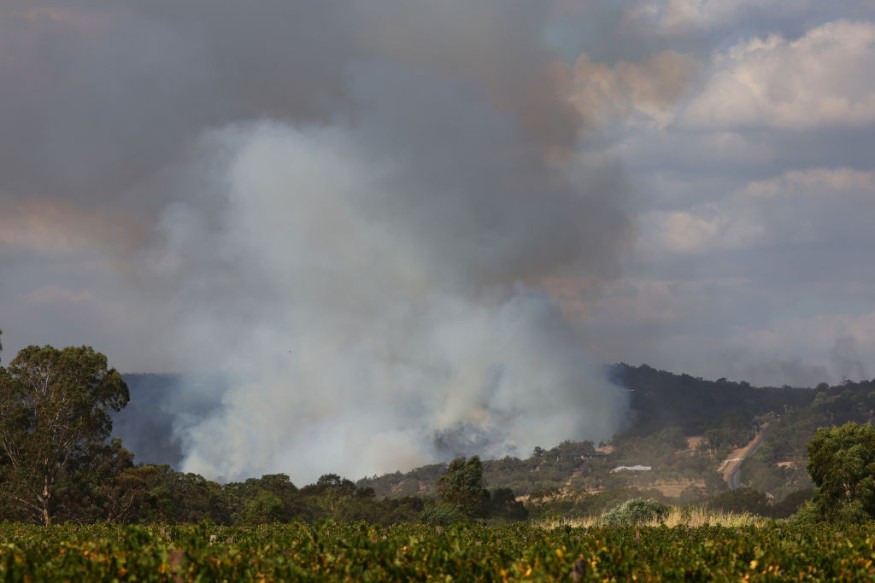Australia's disastrous wildfires released as much smoke into the atmosphere of the Earth as a powerful volcanic eruption, leading to cooling over the ocean regions with probably long-lasting effects, as reported by the authors of a recent study.

Aerosol Optical Depth (AOD)
Dozens of people lost their lives in the 2019-2020 bushfire season in Australia, which was one of the worst ever recorded. With over 10 million land hectares burned and more than a billion animals are evaluated to have been deceased, most species were pushed close to extermination.
Making use of data from two satellite operations, researchers discovered groundbreaking Aerosol Optical Depth (AOD) levels coming from smoke from the bushfires in Australia that were fused into the stratosphere, based on the study, carried out by scientists at the Weizmann Institute of Science and Israel Institute for Biological Research.
In the early months of 2020, smoke from the fires was carried close to 22miles (35 kilometers) up to the stratosphere, the second layer of the atmosphere, higher than where commercial planes fly.
Read More : Over 80 Percent of All Wildfires in the Past 20 Years Were Caused by Humans, Study Shows
The Troposphere

Aerosols in the lowest layer of the atmosphere, the troposphere, have a much lesser lifespan, it can last anywhere from minutes to weeks. But there are no rain clouds in the higher stratosphere to wash the pollutants out, which means that aerosols there can stay for months or even years, according to the study, released on Thursday in the Science journal.
This is commonly seen when violent volcanic explosions shoot aerosols high into the stratosphere, which can lead to meteorological changes in soil conditions. But without the great blast power of volcanoes, it is very rare for wildfire smoke to get to the stratosphere.
After several months of huge fires in Australia, levels of aerosol over the southern hemisphere have increased by over 50% compared to the averages of the past 17 years, according to the researchers.
The Explosion of Mount Pinatubo
Levels even eclipsed those estimated after the explosion of Mount Pinatubo, which is the second-largest explosion of the 20th century. Mount Pinatubo exploded in the Philippines in 1991, releasing huge amounts of ash, sulfur dioxide, and smoke high into the stratosphere.
For over two years after the explosion, strong stratospheric winds escalated these aerosol particles throughout the world, considerably cooling the surface of the Earth by absorbing sunlight.
The average global temperature lessened by 0.6 degrees Celsius (1 degree Fahrenheit) in the 15 months after the explosion, as reported by NASA.
Impact of the Fires in Australia
Not up to a year after the end of wildfire season, the impact of the fires in Australia is already becoming evident. The large amounts of smoke released meant that small solar energy got to the surface of the Earth. Through the absorption of sunlight, the stratosphere may have also been warmed by the smoke and changed its circulation.
Many elements may describe why the smoke got so high into the stratosphere. The fires were extreme and on a large scale, escalating throughout numerous states, and ignited for months on end, thereby leading to greater amounts of smoke than spot fires.
For more news, updates about wildfires and similar topics don't forget to follow Nature World News!
© 2025 NatureWorldNews.com All rights reserved. Do not reproduce without permission.





